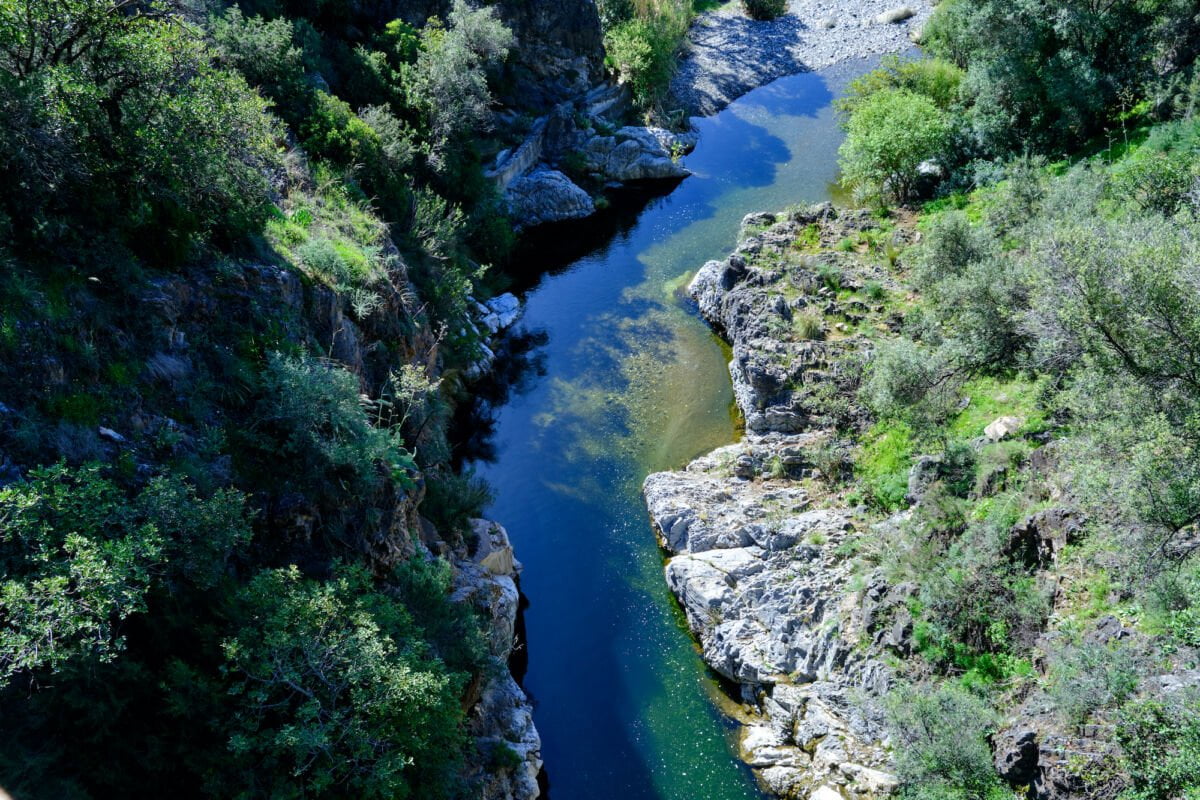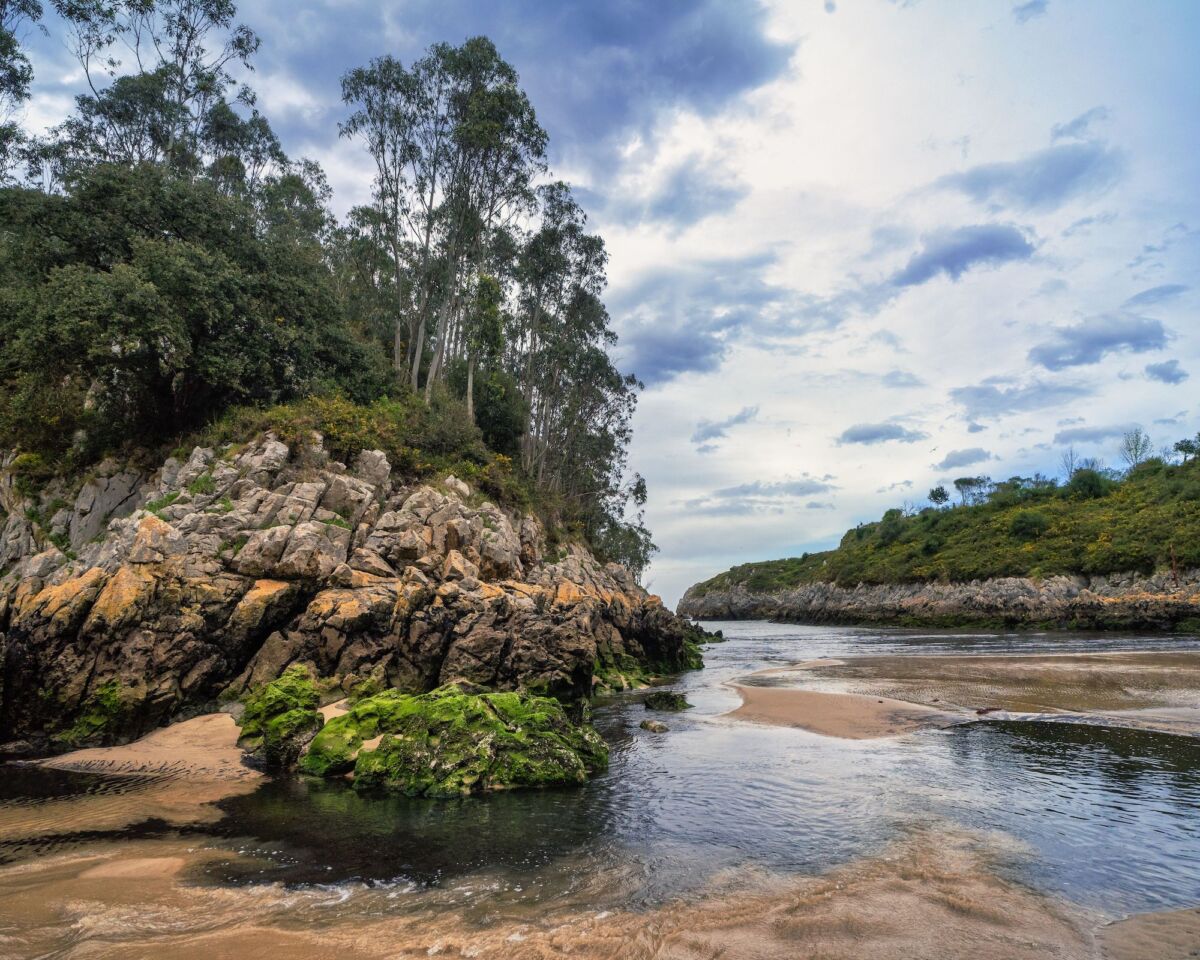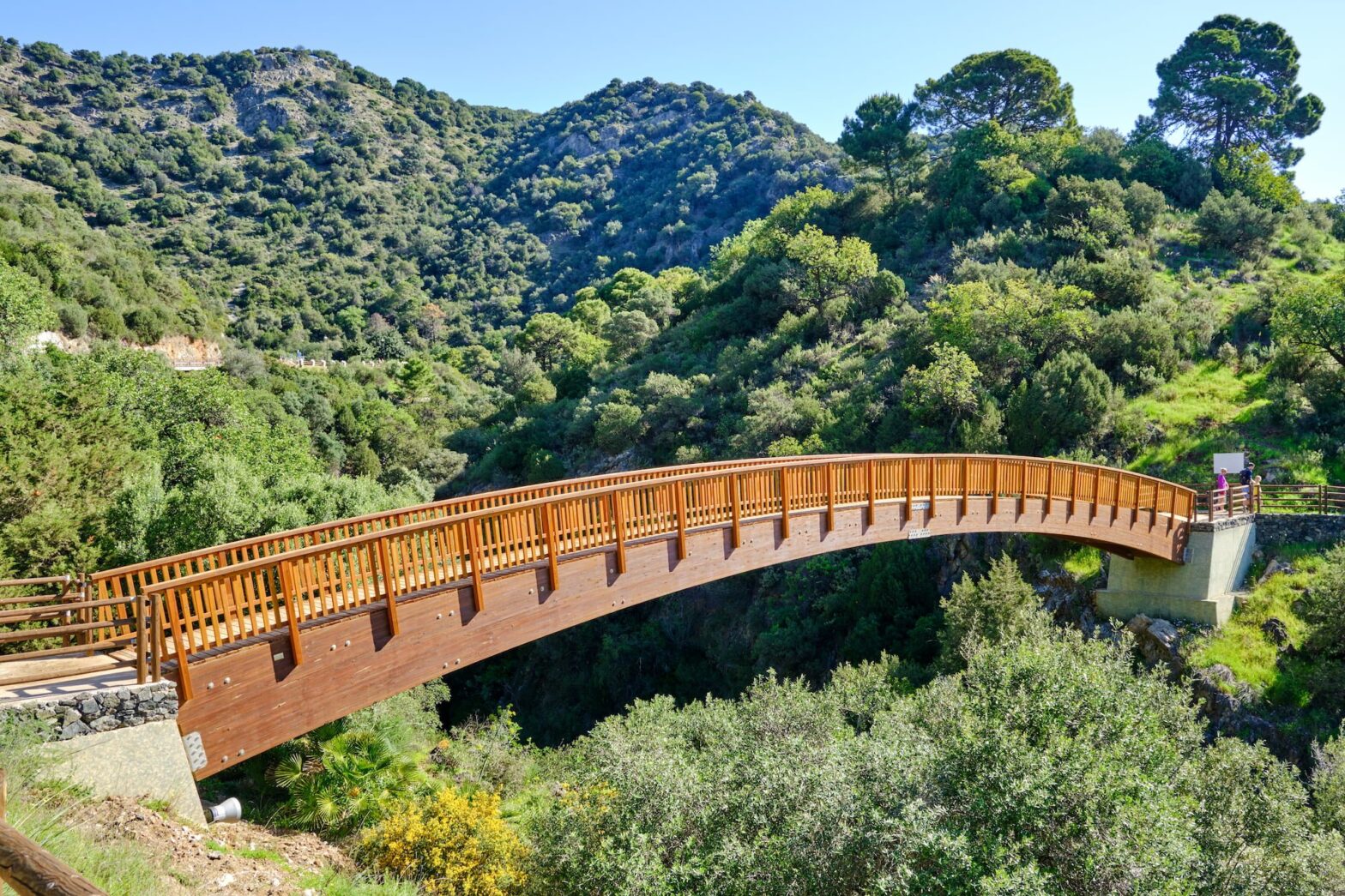If you go to Andalusia, you can spend your free time doing a variety of activities – visiting historical sites, sunbathing, playing golf or exploring the area and discovering the local flora and fauna. If you are into hiking or adrenaline-fuelled rafting, a trip to the Guadalmina River is a must!
Rio Guadalmina
Guadalmina – freely translated: “river of the port” – is a coastal river located in southern Spain that flows entirely through the province of Málaga. Its full length is 28 kilometres. Nowadays, the river is an interesting alternative to other leisure activities on the Costa del Sol, with its canoeing and rafting activities, as well as hiking and cycling trails.
Near the mouth of the Guadalmina River are the 3rd century Roman baths of Las Bóvedas and the remains of the Basilica of Vega del Mar, an early Christian temple from the 4th century. In the past, the river was of significant strategic and defensive importance to the town of Benahavís and was an important transport route and support for local production, driving the activities of the mills.

Rafting on the Guadalmina River
When it comes to water activities, the warmer months – spring and summer – are undoubtedly the best time to go canoeing and rafting. However, thanks to the climate on the Costa del Sol, where the sun shines for more than 320 days a year, this form of recreation can also be planned in autumn.
The Iberian Peninsula has many places for canoeing and rafting – the Sierra y Cañones de Guara in Huesca, which is one of the largest concentrations of gorges in Europe, should be mentioned in particular. However, if you fancy spending some time in a kayak and with a paddle during your holiday in Andalusia, then be sure to turn your gaze towards the Guadalmina River in Malaga.
River rafting is not only a fun sporting activity with a high dose of adrenaline and countless challenges, but also an unforgettable adventure and contact with the beauty of mother nature. Nature has created a system of picturesque karst canyons here. According to tourists, the best time of year to explore this place is in spring, when the water level is higher. When rafting, it is of course important to keep safety in mind. It is recommended to bring a helmet, a neoprene wetsuit and neoprene shoes with a hard sole.
Alternative water sports destinations also include the upper reaches of the Guadalquivir River – mainly the section where it flows through the province of Jaén – famous for the best olive oil in the world, as well as the cliffs of the Rincón de la Victoria and the Genil River.

On and above the water
The Andalusian river is not only an ideal location for canoeing or rafting. It is also an excellent opportunity to discover the natural face of the southern region of Spain through hiking and cycling. There are more than a dozen routes along the river, providing experiences for hikers with varying degrees of experience and trekking skills. Most of them start from the most popular point, which is worth marking in your navigation.
You can choose from up to 13 variants of routes to suit your own needs and experience as a walker. Depending on the length of the route you choose, they take between 1 and 4 hours to complete, so you can confidently combine this with other forms of recreation on the Costa del Sol, and end with a visit to the Spanish chiringuito, of which there is no shortage on the beaches of Marbella.
The most interesting section of the river is the area near the village of Benahavis. Las Angosturas or Cañon de las Angosturas is ideal for a leisurely walk or canyoning for beginners. The waterway has its start at Charca de las Mozas. Below is the 1,100m-long Angosturas Canyon, which ends at Charca de los Tubos. The duration of the entire rafting trip is about two hours if done gently and carefully.
During the hike, there are places where the rock walls merge on both sides. This gives the impression of passing through a cave with crystalline waters. An important point on the expedition is the “Presa de Guadalmina”. This is a place where water was collected and then transported down the valley for agricultural production.

